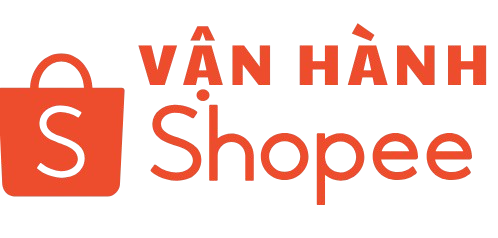multinational corporations, broadcasting giants, and innovative sponsorship models. This sophisticated matrix generated more than 4.5 billion euros annually during the 2023-2025 cycle, via brand investments representing over a quarter of overall earnings according to GlobalData analysis[1][10][11]. https://income-partners.net/
## Primary Income Streams
### Premium Competition Backing
The UEFA Champions League operates as the monetary centerpiece, garnering twelve multinational backers including the Dutch brewer (€65M annual commitment)[8][11], Sony’s gaming division[11], and the Middle Eastern carrier[3]. These partnerships cumulatively provide $606.33M USD each year via UEFA-managed contracts[1][8].
Notable commercial developments include:
– Industry variety: Transitioning beyond alcoholic beverages including digital payment platforms[2][15]
– Regional activation packages: Digitally enhanced brand exposure in Asian and American markets[3][9]
– Female competition backing: PlayStation’s parallel strategy spanning men’s and women’s tournaments[11]
### Television Revenue Leadership
Media rights sales constitute the predominant income source, generating €2,600 million annually from Europe’s elite competition[4][7]. The European Championship media deals outstripped previous records through partnerships with 58 global networks[15]:
– UK terrestrial networks capturing record-breaking audiences[10]
– Middle Eastern media group[2]
– Japanese premium channel[2]
Technological shifts feature:
– Streaming platform penetration: Amazon Prime’s tactical acquisitions[7]
– Combined broadcast approaches: Concurrent platform streaming through traditional and digital channels[7][18]
## Monetary Redistribution Frameworks
### Participant Payment Systems
UEFA’s revenue-sharing protocol channels 93% of net income back into football[6][14][15]:
– Results-contingent payments: Champions League winners secure massive payouts[6][12]
– Grassroots funding: over 200 million euros yearly to non-participating clubs[14][16]
– Geographic value distributions: English top-flight teams received record-breaking national contracts[12][16]
### Regional Development Support
UEFA’s development initiative distributes the majority of tournament income by way of:
– Infrastructure projects: Pan-European training center construction[10][15]
– Next-gen player initiatives: Bankrolling talent pipelines[14][15]
– Equal opportunity funding: Equal pay advocacy[6][14]
## Emerging Challenges
### 1. Financial Disparity
England’s top-flight financial dominance nearly doubles Spain and Germany’s league incomes[12], exacerbating competitive imbalance. Fiscal regulation measures aim to mitigate this divide through:
– Compensation restriction models[12][17]
– Player trading regulation[12][13]
– Enhanced solidarity payments[6][14]
### 2. Ethical Sponsorship Debates
Despite generating unprecedented commercial revenue[10], 15% of Premier League sponsors constitute wagering firms[17], sparking:
– Public health debates[17]
– Legislative examination[13][17]
– Public relations challenges[9][17]
Forward-thinking teams are adopting socially responsible collaborations such as:
– Environmental initiatives collaborating with eco-conscious brands[9]
– Social development schemes supported through fintech companies[5][16]
– STEM training alliances through hardware producers[11][18]
